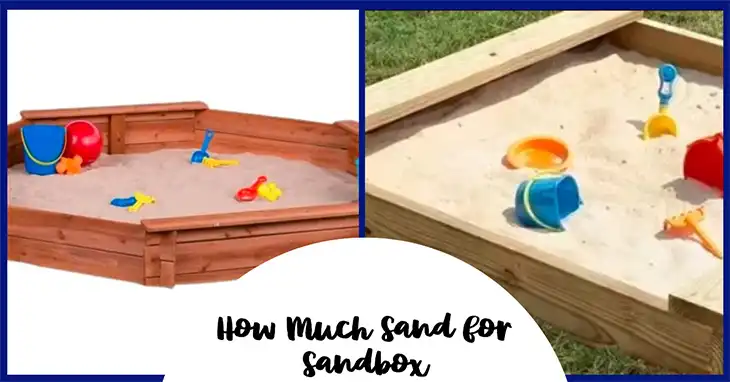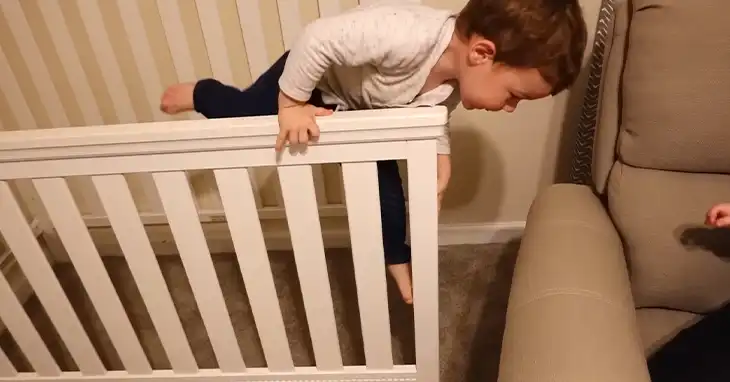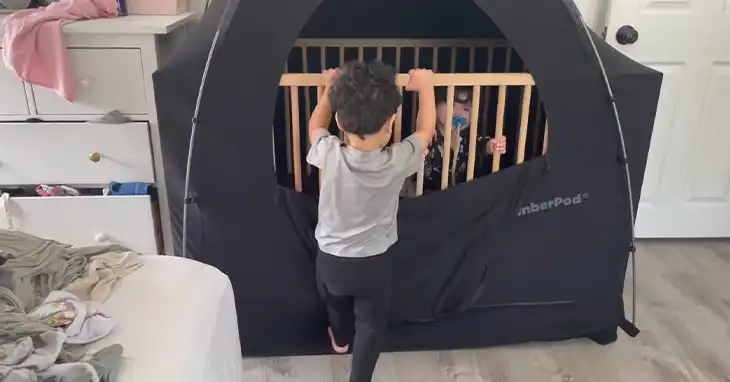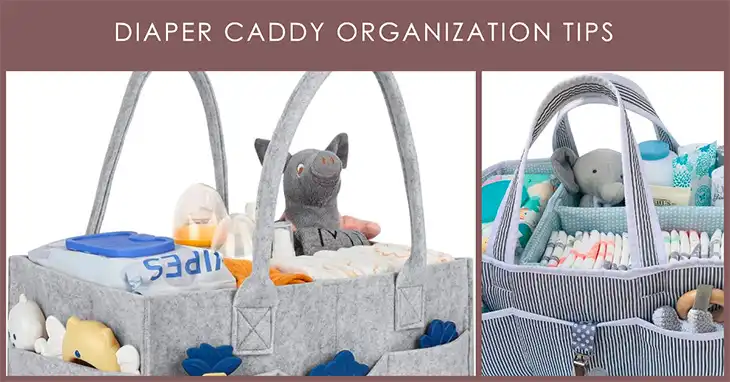How Much Sand for Sandbox | A Complete Guide
There’s something magical about the simple joy of a child playing in a sandbox. The ability to dig, build, and create with their hands is not only incredibly fun but also plays a crucial role in their development. From fostering creativity and imagination to honing fine motor skills and sensory exploration, a well-designed sandbox can be a powerful tool for learning and growth.
However, one of the most common questions parents and caregivers face when setting up a sandbox is: how much sand do I need? Too little sand can limit the possibilities for play, while too much can lead to waste, mess, and unnecessary expense. Finding the perfect balance is key to ensuring an optimal sandbox experience for children of all ages.

How to Measure Sandbox Size and Sand Depth
Before you can accurately determine the amount of sand needed, you must first understand the dimensions of your sandbox. Standard sandboxes come in a variety of shapes and sizes, with rectangular/square and circular being the most common.
Measuring Your Sandbox
To measure your sandbox’s interior, follow these simple steps:
- For rectangular or square sandboxes, measure the length, width, and depth (from the top edge to the bottom) in inches or centimeters.
- For circular sandboxes, measure the diameter and depth.
- If your sandbox has an irregular shape, divide it into sections and measure each section individually.
Ideal Sand Depth
The ideal sand depth can vary depending on the age of the children and the type of play activities you anticipate. Here are some general guidelines:
- Toddlers and younger children (1-2 years old): 1-2 inches of sand depth is sufficient for basic digging and sensory exploration.
- Preschoolers and older children (3-6 years old): 4-6 inches of sand depth allows for more elaborate construction and sandcastle building.
- For sandboxes intended for a wide age range or complex play scenarios, aim for a depth of 6-8 inches.
Keep in mind that deeper sandboxes may require additional support or reinforcement to prevent the sides from collapsing.
Calculating Sand Volume for Sandbox
Once you have the dimensions of your sandbox and your desired sand depth, you can calculate the volume of sand needed using simple formulas.
For Rectangular/Square Sandboxes:
Volume (in cubic inches) = Length (in inches) x Width (in inches) x Depth (in inches)
Example: For a 4-foot by 6-foot sandbox with a desired depth of 6 inches:
Volume = 48 inches x 72 inches x 6 inches = 20,736 cubic inches
For Circular Sandboxes:
Volume (in cubic inches) = π x Radius^2 (in inches) x Depth (in inches)
Example: For a circular sandbox with a 4-foot diameter and a desired depth of 6 inches:
Radius = 4 feet ÷ 2 = 2 feet = 24 inches
Volume = π x 24^2 x 6 = 9,048 cubic inches
Pentagonal Sandboxes:
For a regular pentagonal sandbox, the formula to calculate the volume is:
Volume (in cubic inches) = (5/4) x Apothem x Perimeter x Depth
Example: For a pentagonal sandbox with sides of 4 feet each and a desired depth of 6 inches:
Apothem = 4 feet x cot(54°) = 2.06 feet = 24.72 inches
Perimeter = 5 x 4 feet = 20 feet = 240 inches
Volume = (5/4) x 24.72 inches x 240 inches x 6 inches = 17,784 cubic inches
Hexagonal Sandboxes:
For a regular hexagonal sandbox, the formula is:
Volume (in cubic inches) = (3√3/2) x Side Length^2 x Depth
Example: For a hexagonal sandbox with 4-foot sides and a desired depth of 6 inches:
Side Length = 4 feet = 48 inches
Volume = (3√3/2) x 48^2 x 6 = 19,958 cubic inches
It’s important to note that for irregularly shaped sandboxes or those with varying side lengths, you may need to break down the calculations into smaller sections and add the volumes together.
Additionally, as with other sandbox shapes, it’s advisable to add an extra 10-15% to the calculated volume to account for sandcastle building, potential loss, and settling of the sand.
Adjusting for Sloped or Irregular Shapes
If your sandbox has sloped sides or an irregular shape, you may need to break it down into sections and calculate the volume for each section separately, then add the volumes together.
Additional Sand for Sandcastle Building and Potential Loss
When calculating the sand volume, it’s a good idea to add an extra 10-15% to account for sandcastle building, digging activities, and potential sand loss due to wind or play. This overfill will ensure you have enough sand for elaborate creations and can replace any sand that may be displaced over time.
How to Choose the Right Sand Type for Sandbox
Not all sand is created equal, especially when it comes to sandboxes. Using the proper sand type is essential for both safety and an enjoyable play experience.
The Importance of Clean, Play-Grade Sand
Regular construction sand or beach sand can contain harmful contaminants, such as chemicals, debris, or sharp objects, which can pose health risks to children. Play-grade sand, also known as sandbox sand or safe play sand, is specifically designed and screened for use in children’s play areas, ensuring it is clean, free of contaminants, and safe for little hands.
Characteristics of Ideal Sandbox Sand
When selecting sand for your sandbox, look for these essential characteristics:
- Texture and Particle Size: Ideal sandbox sand should have a fine, smooth texture that is comfortable for digging and molding. The particle size should be small enough to pack well but not so fine that it becomes dusty or easily airborne.
- Cleanliness and Lack of Debris: Play sand should be free of any visible debris, such as rocks, sticks, or other foreign objects, which could pose a choking hazard or cause injury.
- Drainage and Moisture Retention: Good sandbox sand should have excellent drainage to prevent standing water but also be able to retain some moisture for optimal moldability and shape retention.
Popular Sand Options for Sandboxes
Here are some popular sand options for sandboxes:
- Play Sand (Natural or Colored): Play sand, also known as safe play sand or sandbox sand, is the most common and recommended choice for sandboxes. It is screened and processed to meet safety standards and is available in both natural and colored varieties (e.g., white, tan, or multicolored).
- Beach Sand: While beach sand can be tempting for its natural beauty and accessibility, it may contain contaminants, salt, or other debris that can make it less suitable for sandboxes. If using beach sand, it’s important to sift and clean it thoroughly before use.
- Specialty Sands: Some specialty sands, such as kinetic sand or moon sand, can provide a unique sensory experience and moldability. However, these options can be more expensive and may require special care or handling.
What Type of Sand to Buy & How Many Bags
Once you’ve determined the volume of sand needed and the type you prefer, it’s time to purchase the sand itself. You have two main options: bagged sand or bulk delivery.
Bagged Sand vs. Bulk Delivery
Bagged Sand:
- Pros: Convenient, easy to transport, and available at most home improvement or landscaping stores.
- Cons: More expensive per cubic foot, requires manual handling and pouring of multiple bags.
- Typical Bag Sizes: 50-pound bags (approximately 0.5 cubic feet), 60-pound bags (approximately 0.6 cubic feet).
Bulk Delivery:
- Pros: More cost-effective for larger sandboxes, delivered directly to your location, minimal manual handling.
- Cons: Minimum order quantities (e.g., 1 cubic yard or more), coordination of delivery timing, potential additional fees.
- Typical Delivery Amounts: 1 cubic yard (approximately 27 cubic feet), 2 cubic yards, etc.
Estimating the Number of Sandbags Needed
If opting for bagged sand, you’ll need to estimate the number of bags required based on your calculated sand volume. Here’s a simple calculation:
Number of Bags = Total Sand Volume (in cubic feet) ÷ Bag Volume (in cubic feet)
Example: For a sandbox requiring 20 cubic feet of sand, using 50-pound bags (0.5 cubic feet each):
Number of Bags = 20 cubic feet ÷ 0.5 cubic feet per bag = 40 bags
It’s generally recommended to purchase slightly more bags than your calculation to account for potential overfill or loss during transportation and pouring.
Delivery Services for Bulk Sand
If you’re planning to order bulk sand delivery, check with local landscape supply companies or contractors in your area. Many offer sand delivery services, often with a minimum order amount (e.g., 1 cubic yard or more).
Some companies may also offer rental options for temporary sandboxes, where they deliver and install a pre-filled sandbox for a set period, then remove it when you’re done.
Final Words
Calculating the right amount of sand for your sandbox is an essential step in creating a safe, engaging, and enjoyable play area for children. By understanding sandbox dimensions, choosing the appropriate sand type, and following proper filling and maintenance techniques, you can ensure your sandbox provides countless hours of imaginative play and developmental benefits.
Remember, sandbox play is not just about digging and building – it’s about fostering creativity, problem-solving skills, and a lifelong love for exploration and learning. With the right setup and a little guidance, your sandbox can become a cherished childhood memory for years to come.






